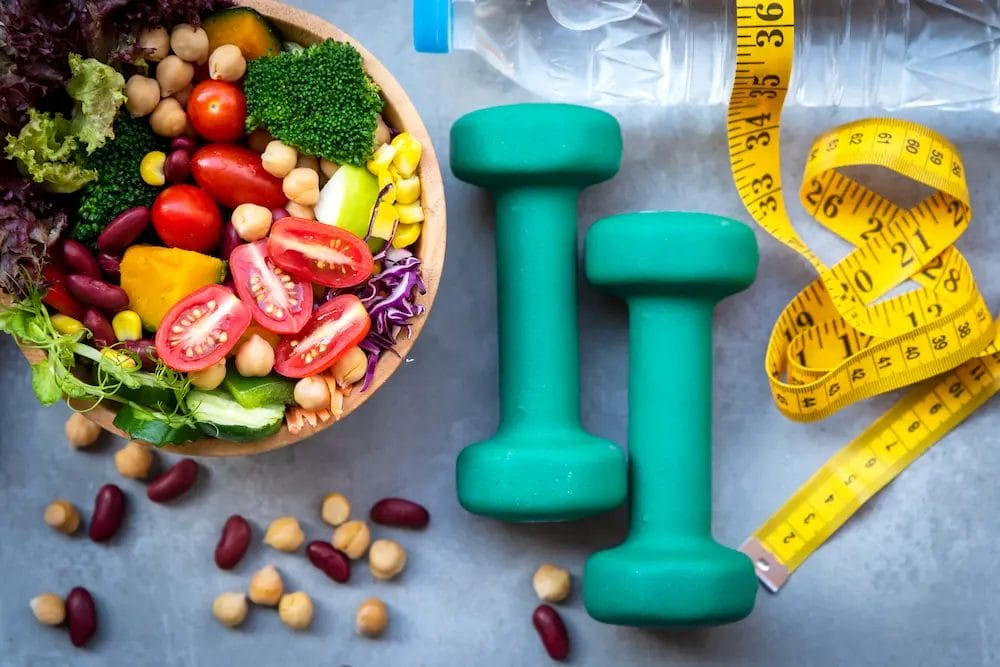5 Effective Weight Loss Tips for People with Knee Pain

Knee pain is a common problem that can affect people of all ages. In some cases, knee pain can be caused by obesity or excess weight. This is because the extra weight puts more stress on the knees, which can lead to pain and inflammation.
If you are overweight or obese and have knee pain, losing weight can be a helpful way to relieve pain and improve your overall health. In fact, studies have shown that losing even a small amount of weight can make a big difference in knee pain relief.
In this blog post, I will share five effective weight loss tips for people with knee pain. These tips are based on scientific research and are designed to help you lose weight safely and effectively.
1. Set realistic goals.
One of the most important things you can do when trying to lose weight is to set realistic goals. If you set your sights too high, you are more likely to get discouraged and give up.
To set realistic goals, start by calculating your current body mass index (BMI). Your BMI is a measure of your weight relative to your height. A BMI of 25 or higher is considered overweight, while a BMI of 30 or higher is considered obese.
Once you know your BMI, you can set a goal to lose a certain percentage of your body weight. For example, if you have a BMI of 30, you could set a goal to lose 10% of your body weight, or about 30 pounds.
It is important to lose weight slowly and gradually. Losing more than 2 pounds per week is not recommended. Losing weight too quickly can put stress on your joints and make your knee pain worse.
2. Make healthy changes to your diet.
One of the best ways to lose weight is to make healthy changes to your diet. This means eating more fruits, vegetables, and whole grains, and less processed foods, sugary drinks, and unhealthy fats.
It is also important to be mindful of your portion sizes. Eating smaller portions can help you reduce your calorie intake without feeling hungry.
If you are not sure how to make healthy changes to your diet, talk to your doctor or a registered dietitian. They can help you create a meal plan that is right for you.
3. Get regular exercise.
Exercise is another important part of weight loss. It helps to burn calories and build muscle. Muscle tissue burns more calories at rest than fat tissue, so building muscle can help you lose weight more easily.
Of course, if you have knee pain, you may not be able to do all the same types of exercise that you used to do. However, there are still plenty of exercises that you can do to get your heart rate up and burn calories.
Some low-impact exercises that are good for people with knee pain include:
- Walking
- Swimming
- Biking
- Water aerobics
- Yoga
- Pilates
If you are not sure what type of exercise is right for you, talk to your doctor or a physical therapist. They can help you create an exercise routine that is safe and effective for you.

4. Get enough sleep.
Sleep is another important factor in weight loss. When you don't get enough sleep, your body produces more of the hormone ghrelin, which makes you feel hungry. It also produces less of the hormone leptin, which makes you feel full.
Most adults need 7-8 hours of sleep per night. If you are not getting enough sleep, try to go to bed and wake up at the same time each day, even on weekends. You may also want to avoid caffeine and alcohol before bed, as these substances can interfere with sleep.
5. Manage stress.
Stress can also contribute to weight gain. When you are stressed, your body produces more of the hormone cortisol, which can lead to increased appetite and weight gain.
There are many ways to manage stress, such as exercise, yoga, meditation, and spending time with loved ones. Find what works best for you and make it a regular part of your life.
Conclusion
Losing weight can be a challenge, but it is worth it for people with knee pain. Losing even a small amount of weight can make a big difference in pain relief and improve your overall health.
By following the tips in this blog post, you can safely and effectively lose weight and reduce your knee pain.
Here are some additional resources which you may find useful:

